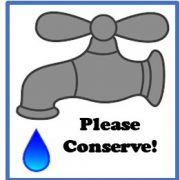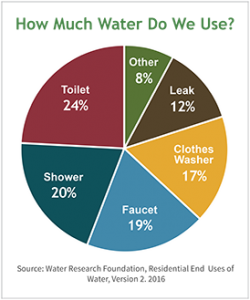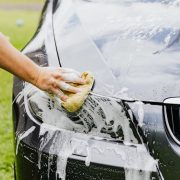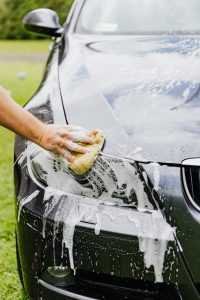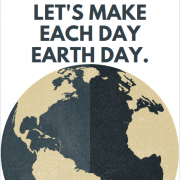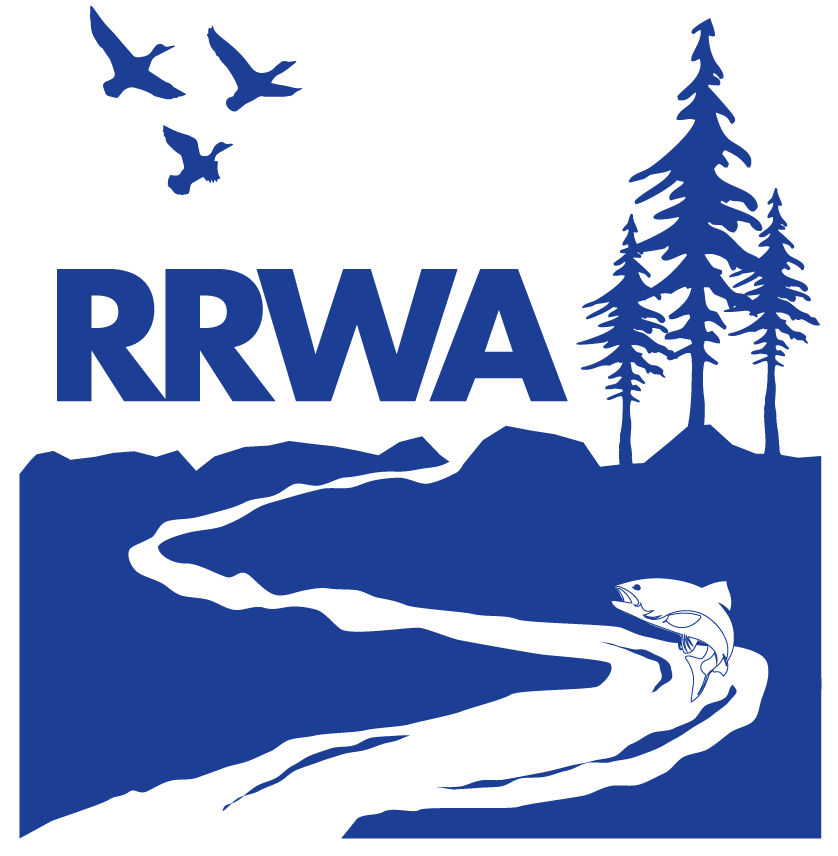If a Creek Could Talk
Have you ever wanted a fresh start?
A new lease on life?
A way to leave the past behind and breathe in the air of new beginnings?
We’ve all heard the saying “If these walls could talk”. A tried-and-true expression meant to exercise our imagination on how inanimate objects such as a wall have been timeless placeholders for countless human events of interest to the likes of which we, only given this one life on earth, could only dream of experiencing.
A restatement of that very saying which has crossed my mind many times is “If this creek could talk”. Would it be talking about the good ole days where it could stretch its banks across an open valley as the morning sun would rise to greet its waters? Would it brag about its beautiful, braided channels and islands it once boasted in the open air? Or would it weep and commiserate on what it once was and what it now has become? Would it sound sickly, frail, and disillusioned with how the world around it has grown to be? Would it sound lonely, longing for the company and festivity of all its riparian flora and fauna it once hosted? Or would it just be downright angry?
There is no question we as a society have had our part and played an important role in making creeks feel many wide ranges of emotions…. if they could feel at all. We channelize, we underground, we eliminate, we divert, and we find all sorts of creative ways to modify a natural feature such as a creek to fit our modern lifestyle. Go take a walk along a creek trail in your area.
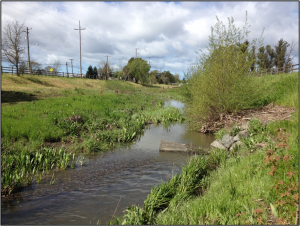
But even after all these shortcomings and limitations we have placed on the natural landscape, what if we had a chance at redemption? What if we could provide that fresh start to a lost creek? This is exactly what the City of Santa Rosa and their Storm Water & Creeks team are attempting to accomplish with Colgan Creek. After applying and being awarded over 4 million dollars in federal, state, and local grants the dream has become a reality. The Lower Colgan Creek Restoration Project is broken into a three phased approach. Grant funds have been applied not only to do the restoration work and recontour the channel, but also to acquire the lands adjacent to the constricted waterway to allow for widening the creek from a 25-year flood capacity to a 100-year flood capacity.
Phase 1 was implemented in 2014 and restored over 2000 linear feet of creek. A once channelized and straightened creek, it has now been restored with meanders to improve sinuosity, cobble lined braided channels have been developed, in-stream topography is more diverse with deep pools and gravel riffles, woody structures were installed for aquatic habitat, and over 1000 native riparian plants have been installed along both banks. In the summer of 2021 Phase 2 of the project finally broke ground with much of the same restorative features of Phase 1 being implemented in this newest section.
It is well known that plants have the ability to remove bacteria and inorganics suspended in storm water runoff. Pathogens such as E. coli and Enterococcus can be filtered by riparian plants in the newly restored creek by intercepting flows and absorbing pollutants through their root structures. Inorganics such as nitrogen and phosphorous are also utilized by plant species which can help decrease chances of eutrophication downstream in the Laguna de Santa Rosa. Water quality parameters such as turbidity, total suspended solids and suspended sediment concentration can also improve greatly within a restored creek. With wide sweeping meanders and instream structures water velocity should decrease, allowing for much less sediment transport during high flow events. This should also decrease chances of channel incision and entrenchment, a chronic issue with channelized and straightened waterways. Cleaner water will greatly improve life cycle success for a multitude of aquatic species which call Colgan Creek their home.
An interpretive creek trail is being installed along the top of bank of all three phases to allow for residents to enjoy open space and experience the newly restored creek. This trail can also allow for citizens to better grasp how our streets are connected to our creeks, and how our actions or lifestyle choices can have a direct impact on the health of our waterways. As citizens gain better access to creeks, they may better understand how the drains in their backyard landscaping, or the gutters in front of their house, and the catch basins along the streets they use to commute to work each day are all really extensions of the City creek system. Together if we implement best management practices, we can have a direct impact on the health of our waterways. Resources such as www.streetstocreeks.org are always available to provide more information on how to best protect our natural resources which we value so dearly.
Once all three phases are constructed, Colgan Creek will have 1.3 miles of a newly restored waterway which will closer mimic how it once existed in the Santa Rosa plain years ago. You can currently visit the already constructed Phase 1 along Bellevue Avenue near Elsie Allen High School and walk the newly constructed interpretive creek trail. If you visit in the springtime with the trickling sound of water flowing, birds bustling making nests in the thriving willows planted years ago, and insects buzzing about in the native grasses, you might wonder to yourself…perhaps this is Colgan Creek saying, “thank you”. Of course, that is, if a creek could talk…
This article was authored by Aaron Nunez, Environmental Specialist, City of Santa Rosa, on behalf of RRWA. RRWA is an association of local public agencies in the Russian River Watershed that have come together to coordinate regional programs for clean water, habitat restoration, and watershed enhancement.

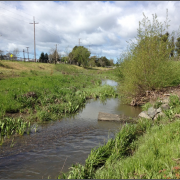
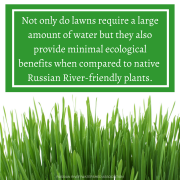
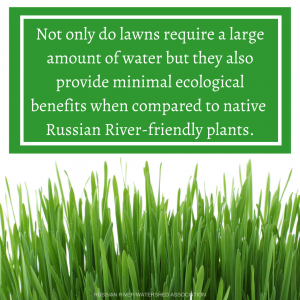 For many municipalities and small community water systems along the Russian River, water use peaks during the summer months due to outdoor irrigation. When water rights up and down the Russian River were curtailed earlier this summer, indoor and outdoor water use needed to be reduced. Healdsburg was able to gain large reductions in water use by restricting outdoor water use and supplementing outdoor irrigation by hauling recycled water. Key to these efforts was focusing on irrigation of ornamental lawns, sometimes referred to as “non-function lawn areas.” Ornamental lawns use a tremendous amount of water, and their elimination is an immediate and effective option to reduce water use.
For many municipalities and small community water systems along the Russian River, water use peaks during the summer months due to outdoor irrigation. When water rights up and down the Russian River were curtailed earlier this summer, indoor and outdoor water use needed to be reduced. Healdsburg was able to gain large reductions in water use by restricting outdoor water use and supplementing outdoor irrigation by hauling recycled water. Key to these efforts was focusing on irrigation of ornamental lawns, sometimes referred to as “non-function lawn areas.” Ornamental lawns use a tremendous amount of water, and their elimination is an immediate and effective option to reduce water use.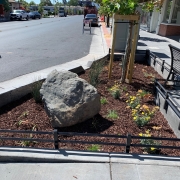
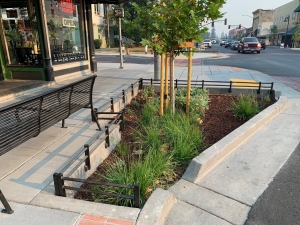 Ukiah, the city I work in, recently renovated the entire downtown area with new sidewalks, paved road, and all new trees with planter areas. In full transparency, I was involved in aspects of the planning of this project but not the design. When a co-worker of mine made a criticism regarding the new planters at all the street corners, I was excited to actually have some rare insight that I felt was useful in a nerdy sort of way. He complained that the contractor left the planter areas several inches too shallow and made an opening in the curb which will likely flood and dump garbage and dirty water around the new plants just put in. “Exactly the point!” was my response which only made him more confused, and as I presume, makes him not the only one. Let me geek out with you in a science meets nature sort of way.
Ukiah, the city I work in, recently renovated the entire downtown area with new sidewalks, paved road, and all new trees with planter areas. In full transparency, I was involved in aspects of the planning of this project but not the design. When a co-worker of mine made a criticism regarding the new planters at all the street corners, I was excited to actually have some rare insight that I felt was useful in a nerdy sort of way. He complained that the contractor left the planter areas several inches too shallow and made an opening in the curb which will likely flood and dump garbage and dirty water around the new plants just put in. “Exactly the point!” was my response which only made him more confused, and as I presume, makes him not the only one. Let me geek out with you in a science meets nature sort of way.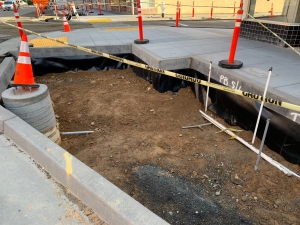 Bioretention planters are contained areas with walled vertical sides such as a sidewalk curb. These areas are typically a few feet deep with a thick filtration fabric surrounding the walled sides and a natural bottom which keeps water that enters the planter from travelling under adjacent roads or sidewalks but rather goes straight down to recharge the earth. The planter will then be filled with a specialized bioretention soil up to a level just below the gutter height to allow water to enter the area which makes the top of the soil typically 6-8” below the adjacent sidewalk. The design will carefully select a wide variety of plants for these bioretention areas that will stabilize the soil, remove pollutants through physical, biological, and chemical processes, and look aesthetically pleasing especially when surrounded by so much hardscape. These features can even have a positive impact for birds, butterflies, and bees by providing additional habitat and pollinator friendly plants. Stormwater is typically directed to the surface of the bioretention, and pollutants are filtered out as the runoff percolates vertically through the amended soil section. The plants help keep the amended soil section biologically active and help absorb and grab various pollutants before reaching the storm drain system or nearby waterbodies.
Bioretention planters are contained areas with walled vertical sides such as a sidewalk curb. These areas are typically a few feet deep with a thick filtration fabric surrounding the walled sides and a natural bottom which keeps water that enters the planter from travelling under adjacent roads or sidewalks but rather goes straight down to recharge the earth. The planter will then be filled with a specialized bioretention soil up to a level just below the gutter height to allow water to enter the area which makes the top of the soil typically 6-8” below the adjacent sidewalk. The design will carefully select a wide variety of plants for these bioretention areas that will stabilize the soil, remove pollutants through physical, biological, and chemical processes, and look aesthetically pleasing especially when surrounded by so much hardscape. These features can even have a positive impact for birds, butterflies, and bees by providing additional habitat and pollinator friendly plants. Stormwater is typically directed to the surface of the bioretention, and pollutants are filtered out as the runoff percolates vertically through the amended soil section. The plants help keep the amended soil section biologically active and help absorb and grab various pollutants before reaching the storm drain system or nearby waterbodies.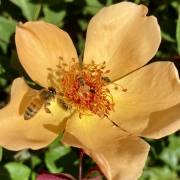
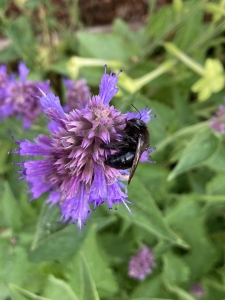
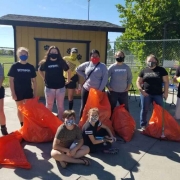
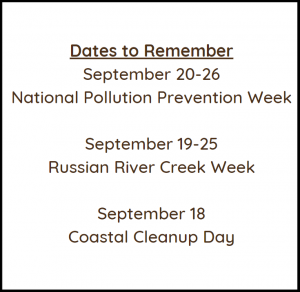

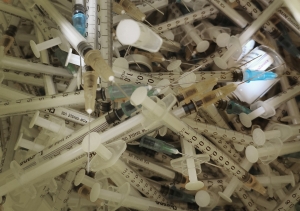 Syringes and needles (also known as sharps) have fewer drop-off locations due to safety and regulatory concerns and are not accepted at many of the Safe Medicine Disposal drop-off locations. State law makes it illegal to dispose of sharps in the trash or recycling containers and requires that all sharps waste be transported to a collection center in an FDA-approved sharps container. Please refer to the provided list of certified sharps and needles disposal locations within Sonoma County and Mendocino County to properly dispose of the collected sharps found at
Syringes and needles (also known as sharps) have fewer drop-off locations due to safety and regulatory concerns and are not accepted at many of the Safe Medicine Disposal drop-off locations. State law makes it illegal to dispose of sharps in the trash or recycling containers and requires that all sharps waste be transported to a collection center in an FDA-approved sharps container. Please refer to the provided list of certified sharps and needles disposal locations within Sonoma County and Mendocino County to properly dispose of the collected sharps found at 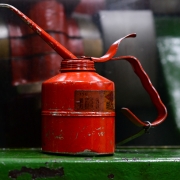
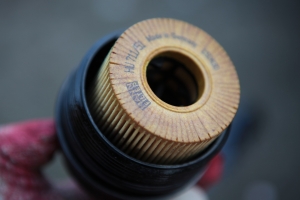 Take Advantage of the Curbside Used Motor Oil and Filters Recycling Program
Take Advantage of the Curbside Used Motor Oil and Filters Recycling Program